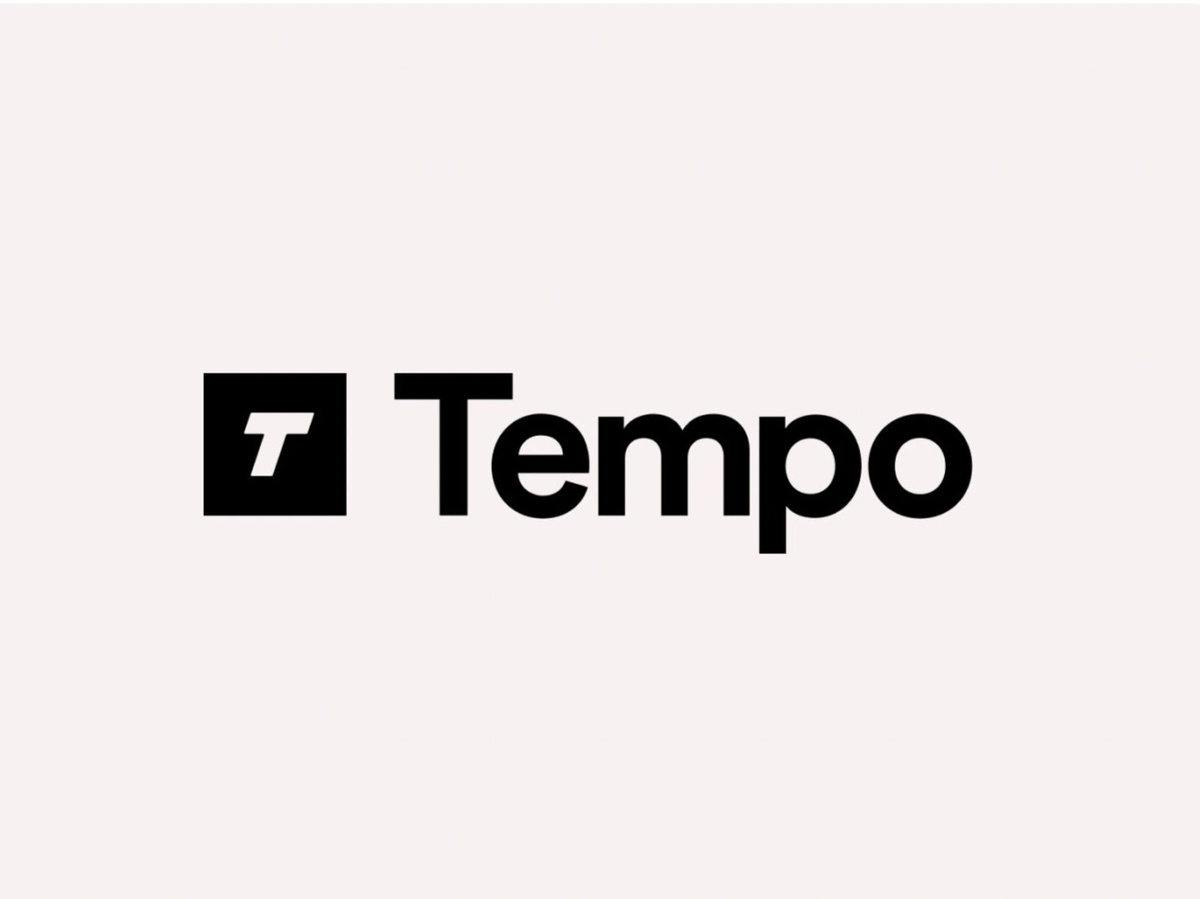Meta has just unveiled Llama 3.2, an upgrade to its state-of-the-art large language model. This new version doesn’t just talk—it sees and understands everything. It’s been a great week for open-source AI, and Llama 3.2 is making headlines for all the right reasons.
Meta’s Multimodal Marvel
Llama 3.2 comes in four versions, each offering unique capabilities. The heavyweight models—11B and 90B parameters—now boast both text and image processing abilities. They can handle complex tasks like analyzing charts, captioning images, and identifying objects in pictures using natural language descriptions. This advancement opens the door to more advanced and interactive AI applications.
Lightweight Models for Your Pocket
Even more intriguing are the new lightweight models with 1B and 3B parameters. Designed for efficiency, they can fit into your smartphone without losing quality. These models excel at on-device summarization, instruction following, and rewriting tasks. With them, you can have private AI interactions without sending your data to third-party servers, enhancing privacy and customization.
Engineering Feats Behind Llama 3.2
Meta’s engineering team performed digital gymnastics to achieve this. They used structured pruning to trim unnecessary data from larger models and employed knowledge distillation to transfer knowledge from big models to smaller ones. The result is compact models that outperform rivals like Google’s Gemma 2 2.6B and Microsoft’s Phi-2 2.7B in various benchmarks.
Partnerships and Accessibility
To boost on-device AI, Meta partnered with hardware giants like Qualcomm, MediaTek, and Arm. This ensures Llama 3.2 works seamlessly with mobile chips from day one. Cloud computing services like AWS, Google Cloud, and Microsoft Azure are also offering instant access to the new models on their platforms, making Llama 3.2 widely accessible.
Enhanced Vision Abilities
Under the hood, Llama 3.2‘s vision capabilities come from clever architectural tweaks. Meta’s engineers integrated adapter weights into the existing language model, creating a bridge between pre-trained image encoders and the text-processing core. This means the model’s vision skills enhance without sacrificing text processing performance.
Performance Highlights
In our tests, Llama 3.2 excelled at identifying styles and subjective elements in images. It accurately distinguished between cyberpunk and steampunk aesthetics, providing detailed explanations. It also performed well in reading large-text images, successfully interpreting presentation slides with ease.
Areas for Improvement
However, the model struggled with lower-quality images, especially when analyzing small text in charts. Its coding abilities yielded mixed results. While the 90B model generated functional code for custom games, the smaller 70B model had difficulties with complex, custom coding tasks.
Overall, Llama 3.2 is a significant improvement over its predecessors and a fantastic addition to the open-source AI community. Its strengths lie in image interpretation and large-text recognition. The promise of on-device compatibility is exciting for the future of private and local AI tasks. It’s a strong counterweight to closed offers like Gemini Nano and Apple’s proprietary models.











